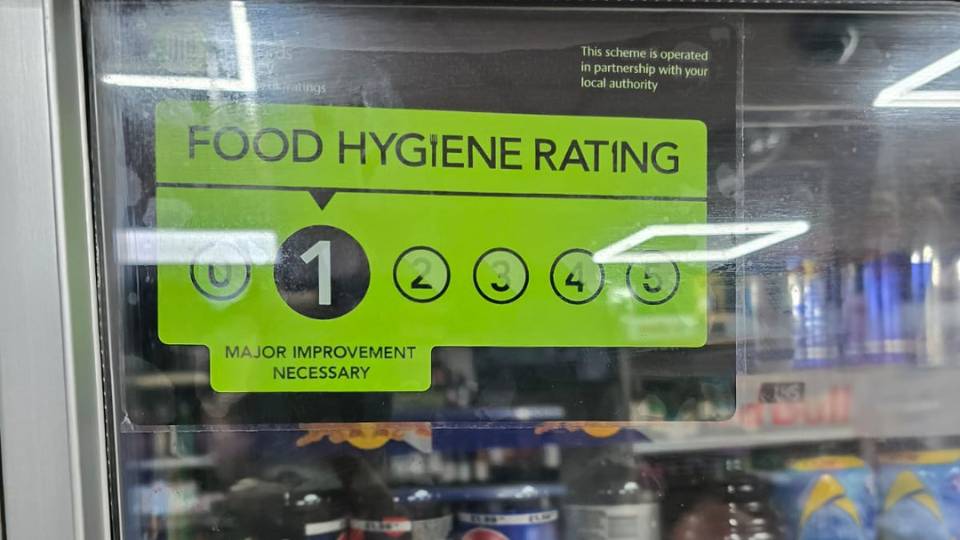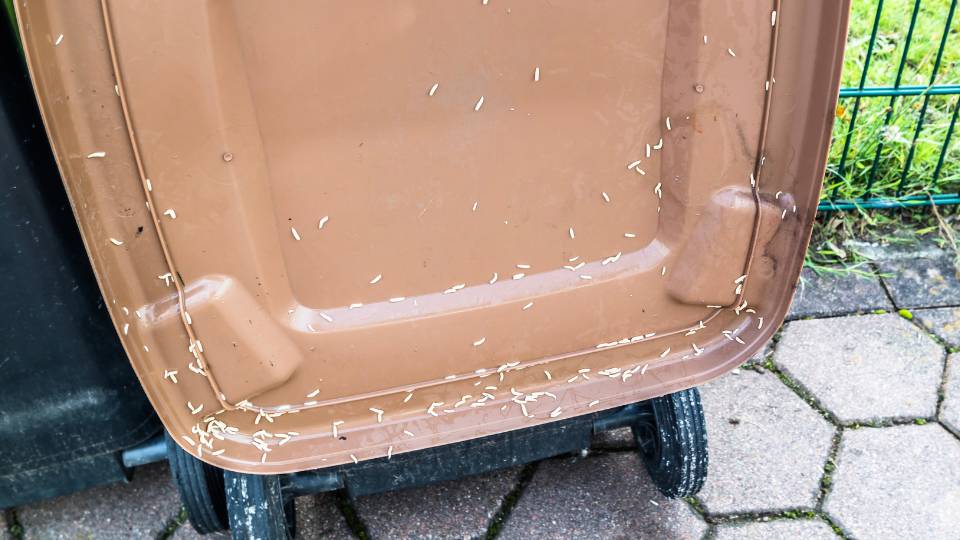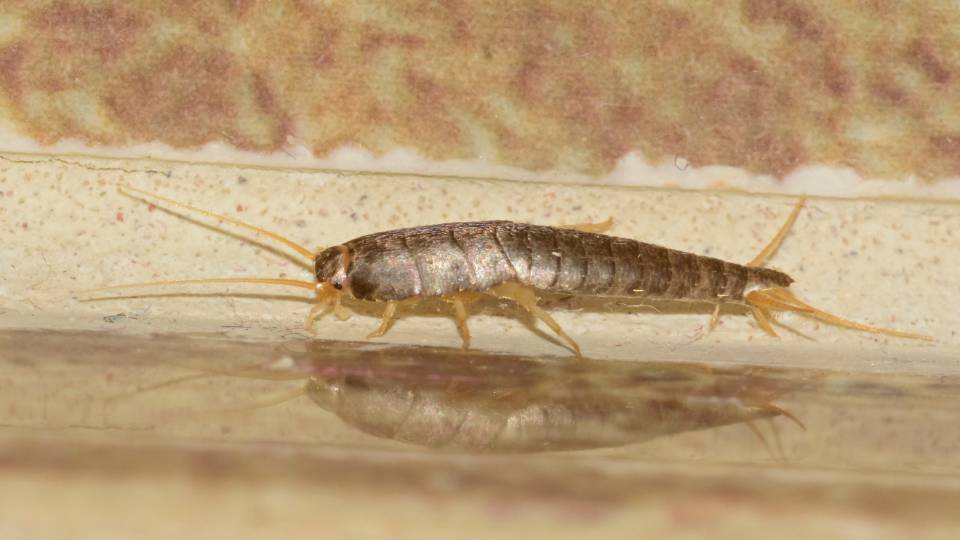
Silverfish infestations can be a significant concern for UK business owners, particularly those operating in industries where cleanliness and hygiene are paramount.
These nocturnal pests, while not harmful to humans, can cause extensive damage to paper goods, fabrics, and even food supplies.
In this guide, we’ll explore how to eradicate and prevent silverfish infestations in your business premises.
Table of Contents
- Understanding Silverfish
- Steps to Eradicate Silverfish
- Preventing Future Infestations
- Statistics about Silverfish
- Conclusion
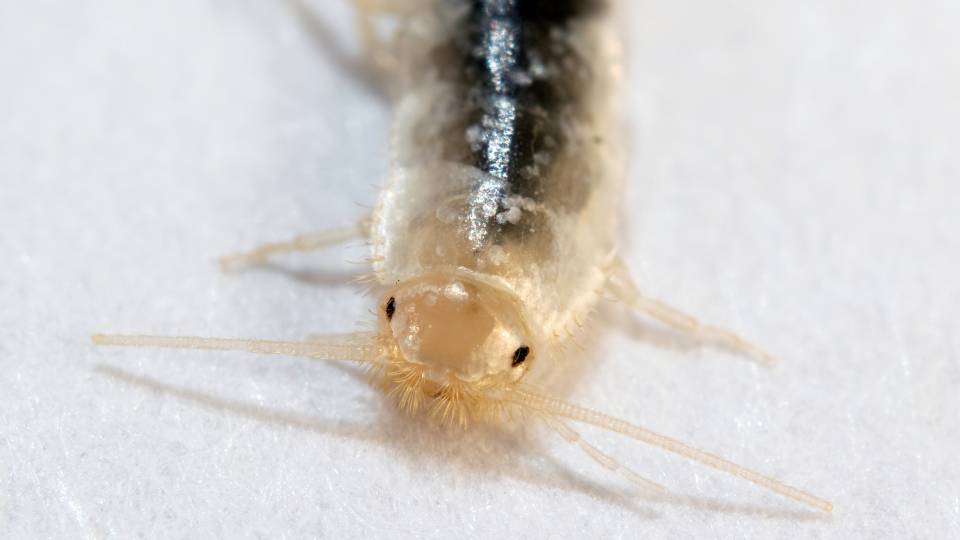
Understanding Silverfish
Silverfish (Lepisma saccharina) are small, wingless insects with a silvery sheen and a fish-like shape.
They thrive in damp, dark environments and are commonly found in basements, bathrooms, and kitchens.
These pests are notorious for their destructive feeding habits, which can lead to damage in stored products, books, wallpaper, and clothing.
Read more on pest control in our dedicated page.
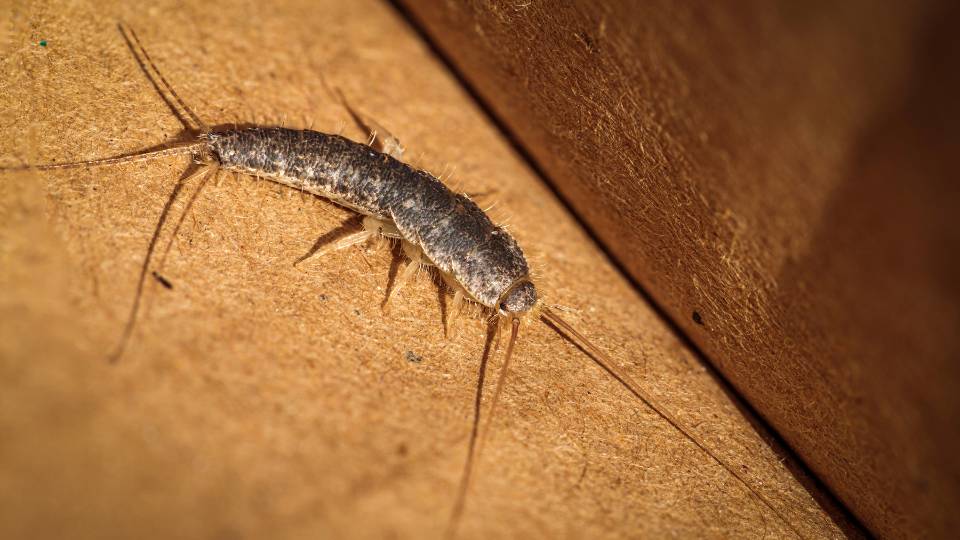
Steps to Eradicate Silverfish
Identify the Infestation:
- Inspection: Conduct a thorough inspection of your premises. Look for signs of silverfish, such as yellow stains, scales, and droppings.
- Monitoring: Use sticky traps to monitor the extent of the infestation.
Reduce Humidity:
- Dehumidifiers: Install dehumidifiers in damp areas to reduce moisture levels, as silverfish thrive in humid conditions.
- Ventilation: Improve ventilation in bathrooms, kitchens, and basements to keep these areas dry.
Clean and Declutter
- Regular Cleaning: Regularly clean areas where food is stored and consumed. Vacuum and dust frequently to remove food particles and debris.
- Declutter: Remove unnecessary paper, cardboard, and fabric items, which are common food sources for silverfish.
Seal Entry Points:
- Caulking: Seal cracks and crevices around doors, windows, and baseboards to prevent silverfish from entering the building.
- Repair Leaks: Fix any plumbing leaks promptly to reduce humidity levels and water sources.
Use Pesticides:
- Boric Acid: Apply boric acid powder in infested areas. This substance is toxic to silverfish but safe for humans when used correctly.
- Insecticides: Consider using insecticides specifically designed for silverfish. Follow the manufacturer’s instructions carefully to ensure safe and effective use.
Professional Pest Control:
- Consult Experts: If the infestation is severe, it may be necessary to consult a professional pest control service. They can provide targeted treatments and ongoing monitoring to ensure the problem is fully resolved.
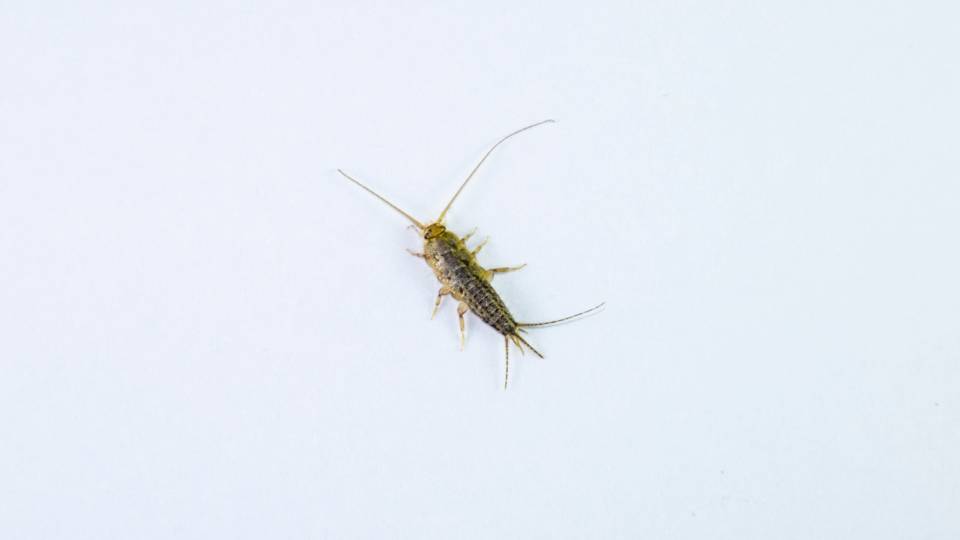
Preventing Future Infestations
Maintain Low Humidity:
- Keep humidity levels below 50% to make your premises less hospitable to silverfish.
Regular Inspections:
- Schedule regular inspections by a pest control professional to catch and address any issues early.
Proper Storage:
- Store food in airtight containers and keep paper products in sealed bins to prevent silverfish from accessing these items.
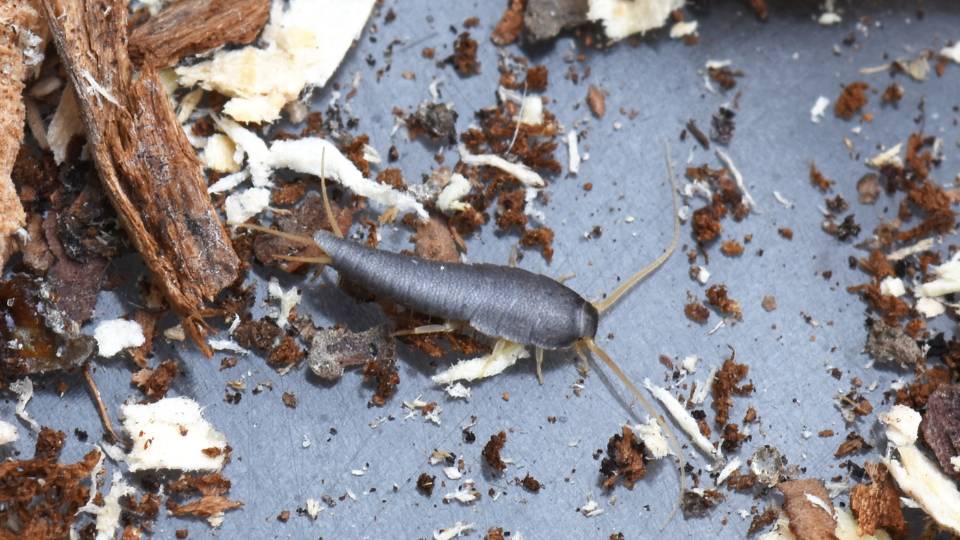
Statistics about Silverfish
- According to a 2023 survey by Rentokil, 43% of UK businesses reported pest infestations, with silverfish being one of the top concerns in office environments.
- The British Pest Control Association (BPCA) noted a 12% increase in silverfish-related callouts between 2021 and 2023.
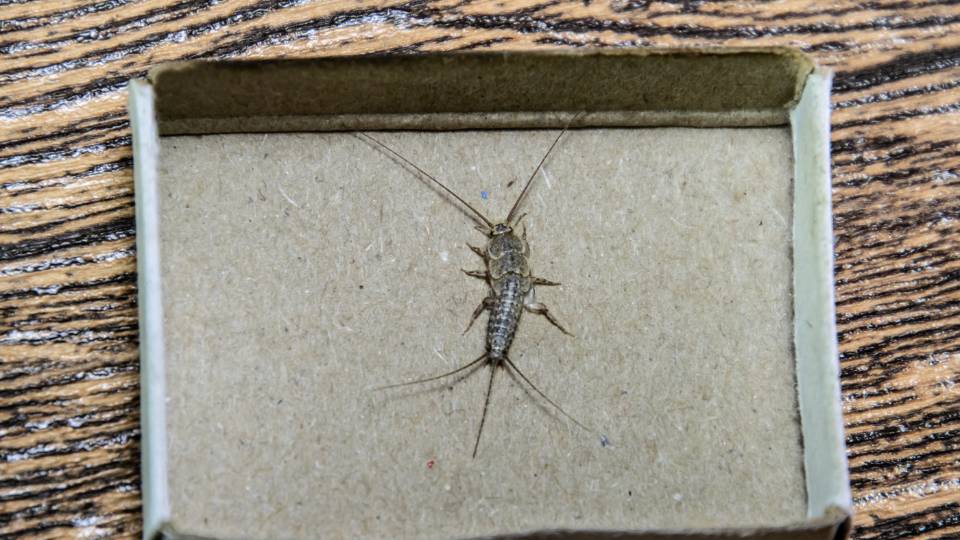
Conclusion
By following these steps and implementing preventative measures, you can protect your business from the damaging effects of silverfish.
Regular maintenance and professional advice are key to keeping these pests at bay.

